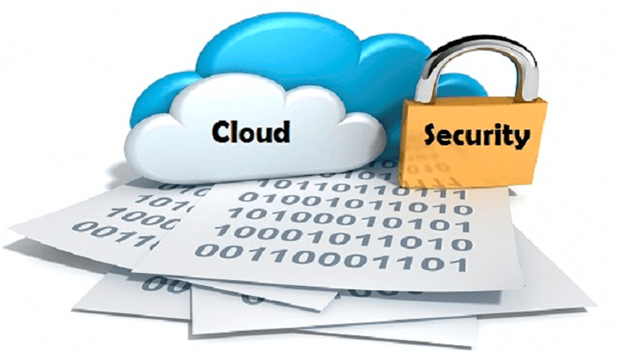During the past few years, Cloud computing became a sensation on the internet. In simplistic terms, it is the method of delivering services hosted on remote data centers connected through the internet. According to experts, this market segment has a compound annual growth rate of around 10% and is expected to reach $205.48 billion by 2018. The cloud computing services market can be divided broadly into three categories based on service types:
• SaaS (Software as a Service)
• IaaS (Infrastructure as a Service)
• PaaS (Platform as a Service)
Application of this new IT infrastructure is widely accepted all over the world and has become a popular way of running businesses in the last five years.
If you have been researching about Cloud computing, you are plausibly well aware of the private against public cloud debate. Before you choose which end of the debate you side with, it’s necessary to know the difference between the two.
Public Cloud Computing
Public clouds like Amazon EC2 and Rackspace Cloud have a number of trade-offs, and they are:
Utility Model – Public Clouds usually deliver a pay-as-you-go model, where you pay by the hour for the compute resources you utilize. This is a conservative way to go if you’re spinning up and rending down development servers on a usual basis.
No Contracts – Along with the utility model, you’re only paying by the hour. If you need to shut down your server after only 6 hours of use, there is no contract ordering your ongoing use of the server.
Shared Hardware – Because the public cloud by definition is a multi-tenant environment, your server shares similar hardware, storage and network devices as the other tenants in the cloud. Meeting compliance terms, such as PCI or SOX, is not viable in the public cloud.
No Control of Hardware Performance – In the public cloud, you cannot choose the hardware, cache, or storage performance (SATA or SAS). Your virtual server is fixed on whatever hardware and network the public cloud provider assigns for you.
The majority of public cloud deployments are commonly used for web servers or development systems where security and compliance requirements of larger associations and their clients is not an issue.
Private Cloud Computing
Private cloud hosting by definition is a single-tenant environment where the network, storage, and hardware are committed to a single customer or business. It also has a few trade-offs which are:
Security – Because private clouds are dedicated to a single company, the network, data storage, and hardware can be devised to assure high levels of security that cannot be reached by other clients in the same data center.
Compliance – PCI, HIPAA, and Sarbanes Oxley compliance cannot be performed through a public cloud deployment. Because the network, storage, and hardware configurations are strictly assigned to a single client, compliance is easier to manage.
Customizable – Network performance, hardware performance, and storage performance can be specifically configured and customized in the private cloud.
Hybrid Deployments – When a dedicated server is needed to run a high-speed database application, that hardware can be integrated into a private cloud, hybridizing the solution between virtual servers and dedicated servers. This can’t be done in a public cloud.
Compared to public clouds, private clouds are not delivered through a utility model or pay-as-you-go model because the hardware is dedicated. Private clouds are usually preferred by mid and large size organizations simply because they meet the security and compliance requirements of these larger businesses and their consumers.
Now going back to security, Cloud computing is in most cases much more secure than you can achieve in-house without a significant budget and skill sets. But that answer comes with a massive caution.
Cloud platforms offer layers of security as it requires to keep data secured, big data breaches are damaging to their businesses so it isn’t a selfless effort, they need to be secure.
But that does not mean your own data will be secured automatically. If you don’t understand what security is implemented and you just assume it will be safe, you will open yourself up to a lot of problems. You need to take the same measures to secure your data in the cloud as you do in-house but you may have a few more tools accessible to you without the need to have the same levels of skills as doing it all by yourself.
So there you have it, we hope this article has been helpful for you to understand more about Cloud computing and the security that it offers. Try to absorb all the information one step at a time to grasp it more clearly. Happy learning!

